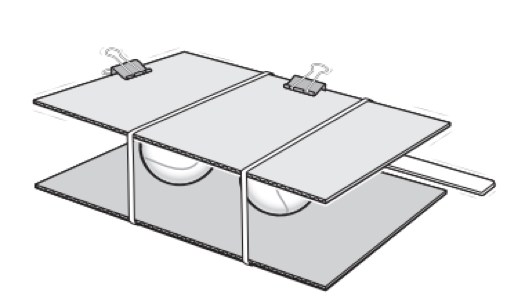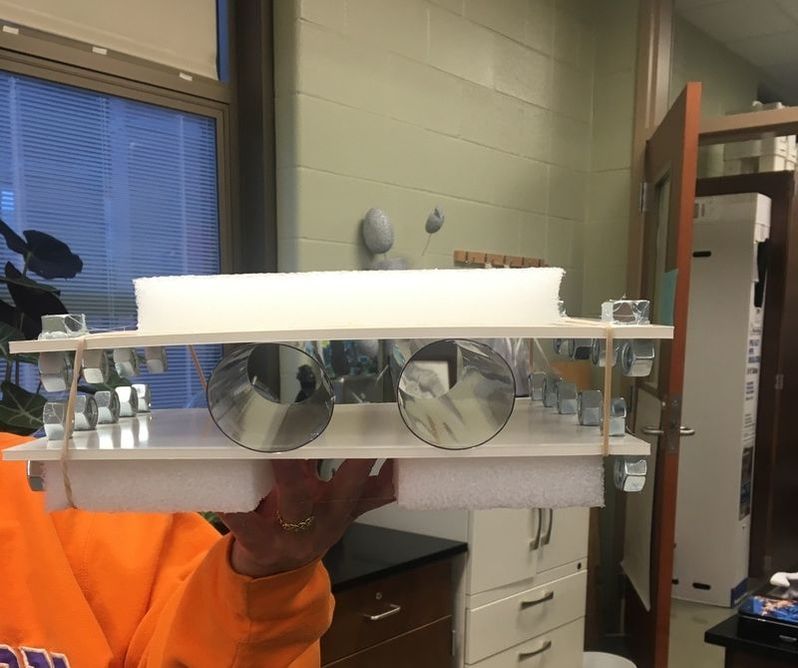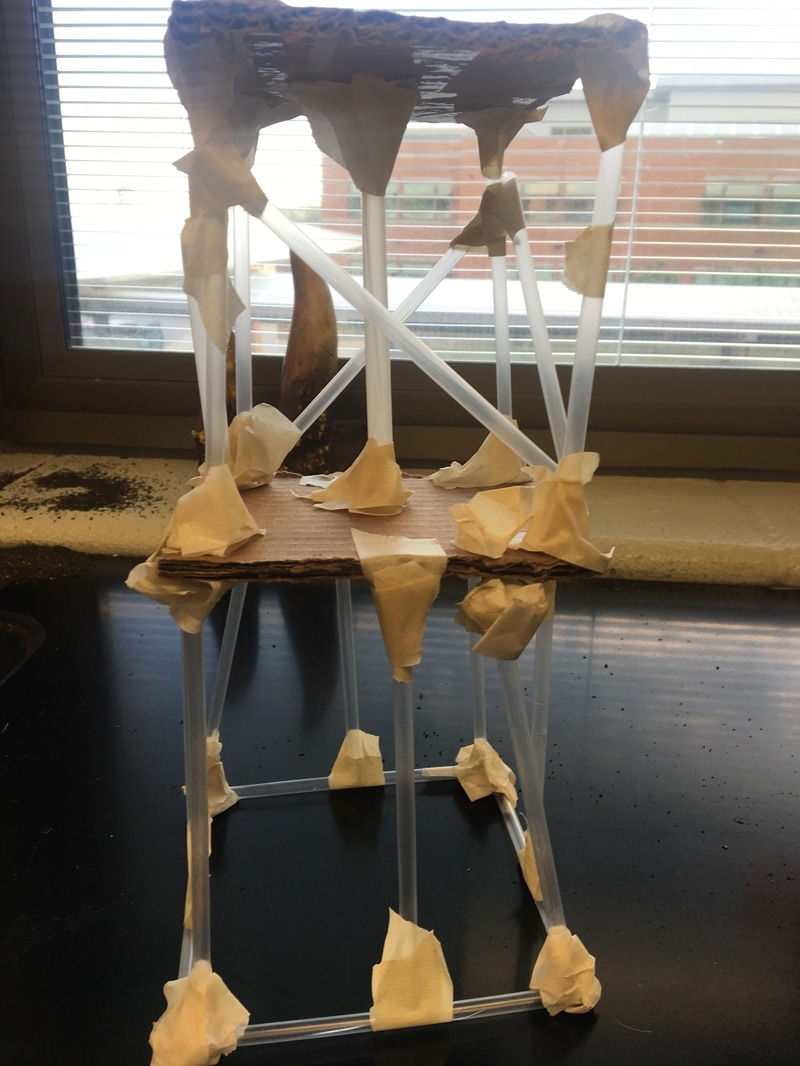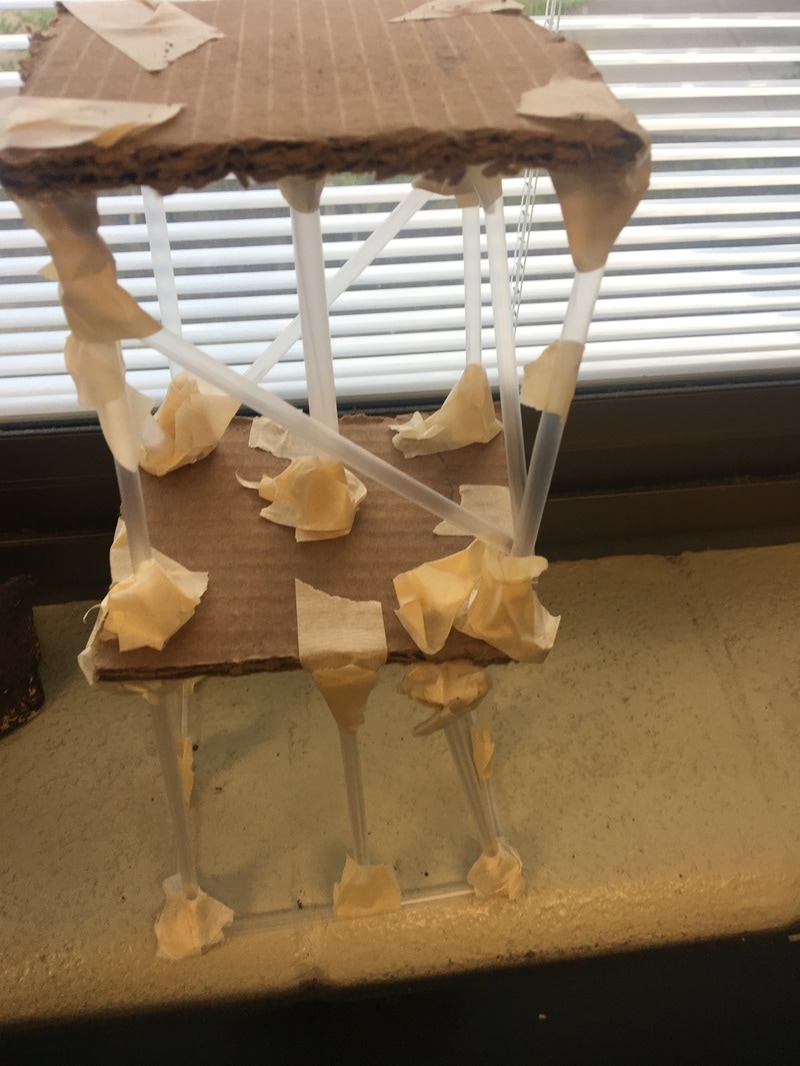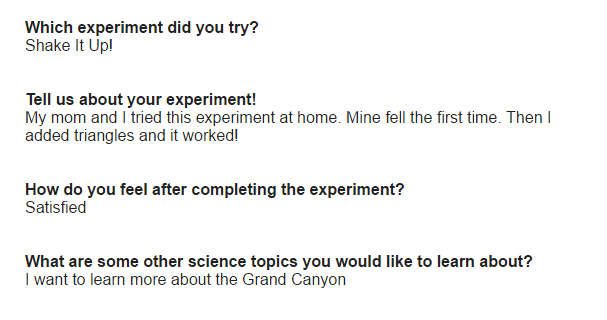At Home Experiments
Shake It Up!
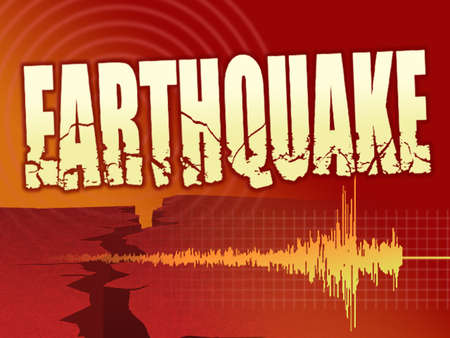
Did you know?
Tokyo Sky Tree is the tallest tower in the world (634 m; 2,080 ft). It’s also located right in the heart of an earthquake zone. So its engineers and architects needed to build a tower with the latest anti-earthquake technology. One way they did this was by standing the tower on a triangular, pyramid-shaped base.
While still under construction, the tower was put to the test when a tremendous 9.0-magnitude earthquake struck Tokyo. Sky Tree’s earthquake-resistant features worked beautifully—there was no structural damage and none of the construction workers caught in the building during the quake were injured.
Tokyo Sky Tree is the tallest tower in the world (634 m; 2,080 ft). It’s also located right in the heart of an earthquake zone. So its engineers and architects needed to build a tower with the latest anti-earthquake technology. One way they did this was by standing the tower on a triangular, pyramid-shaped base.
While still under construction, the tower was put to the test when a tremendous 9.0-magnitude earthquake struck Tokyo. Sky Tree’s earthquake-resistant features worked beautifully—there was no structural damage and none of the construction workers caught in the building during the quake were injured.
YOUR CHALLENGE: Design a structure that can survive an earthquake—then put it to the test!
Using coffee stirrers and clay, can you design a structure that’s stable and sturdy enough to survive an earthquake’s vibrations? It must be at least 8 inches tall. Sketch your ideas on a piece of paper.
MATERIALS:
Structure (per person)
• 20–30 wooden or plastic coffee stirrers (5–6 in long, or about 14 cm)
• ¼ lb (100+ grams) modeling clay (about half the size of a fist) (It looks like puddie)
• manila file folder or thin piece of cardboard (8½ x 11 in or A4), as the base of your structure
• Ruler
Shake Table
• 2 pieces sturdy cardboard (about 8½ x 11 in or A4)
• 2 thick rubber bands
• 2 tennis balls
• 2 large binder clips
• Ruler or paint stirrer to make a handle • masking tape
BUILD
Build your structure directly on top of the file folder, fixing the base of it to the surface of the folder. Use the ruler to make sure it’s the minimum height. Build a shake table, which is a device engineers use to simulate the back-and-forth shaking of an earthquake.
Using coffee stirrers and clay, can you design a structure that’s stable and sturdy enough to survive an earthquake’s vibrations? It must be at least 8 inches tall. Sketch your ideas on a piece of paper.
MATERIALS:
Structure (per person)
• 20–30 wooden or plastic coffee stirrers (5–6 in long, or about 14 cm)
• ¼ lb (100+ grams) modeling clay (about half the size of a fist) (It looks like puddie)
• manila file folder or thin piece of cardboard (8½ x 11 in or A4), as the base of your structure
• Ruler
Shake Table
• 2 pieces sturdy cardboard (about 8½ x 11 in or A4)
• 2 thick rubber bands
• 2 tennis balls
• 2 large binder clips
• Ruler or paint stirrer to make a handle • masking tape
BUILD
Build your structure directly on top of the file folder, fixing the base of it to the surface of the folder. Use the ruler to make sure it’s the minimum height. Build a shake table, which is a device engineers use to simulate the back-and-forth shaking of an earthquake.
- Wrap the rubber bands around the width of both pieces of cardboard. Space them about 4 inches apart.
- Slide the two tennis balls in between the pieces of cardboard and position them underneath each rubber band.
- Tape the ruler (or paint stirrer) under the top piece of cardboard to make a handle.
TEST, EVALUATE, & REDESIGN
• Test your structure using the shake table. Attach the file folder with your structure on top of it to the table with the binder clips.
• Use one hand to hold the bottom of the shake table against a surface, pull the handle with the other, and let go! Earthquake!
• How did your structure hold up during the seismic shake-up? If it wobbled, swayed, tipped over, or collapsed, it’s time to redesign. You want your structure to be as strong and stable as possible.
• Success? Take it to the next level and build an even taller structure!
What if your structure . . .
• Tips over?
Maybe your base is too small. Make it wider and sturdier.
• Collapses?
Add triangular shapes. Triangles are stronger than squares or rectangles because all three sides of a triangle carry some of the load (weight).
• Wobbles?
Try cross-braces. Turn squares into triangles by adding diagonal supports that go from one corner of the square to the other
• Test your structure using the shake table. Attach the file folder with your structure on top of it to the table with the binder clips.
• Use one hand to hold the bottom of the shake table against a surface, pull the handle with the other, and let go! Earthquake!
• How did your structure hold up during the seismic shake-up? If it wobbled, swayed, tipped over, or collapsed, it’s time to redesign. You want your structure to be as strong and stable as possible.
• Success? Take it to the next level and build an even taller structure!
What if your structure . . .
• Tips over?
Maybe your base is too small. Make it wider and sturdier.
• Collapses?
Add triangular shapes. Triangles are stronger than squares or rectangles because all three sides of a triangle carry some of the load (weight).
• Wobbles?
Try cross-braces. Turn squares into triangles by adding diagonal supports that go from one corner of the square to the other
Sugar, Sugar
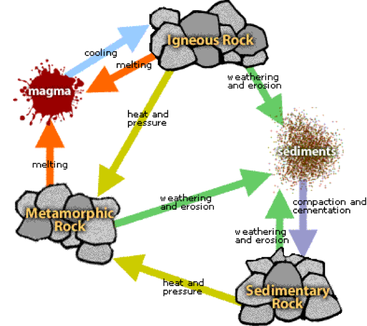
Did you know?
The rock cycle shows the slow, continuous process of rocks changing from one type to another. The Rock Cycle is a series of changes. Igneous rock can change into sedimentary rock or into metamorphic rock. Sedimentary rock can change into metamorphic rock or into igneous rock. Metamorphic rock can change into igneous or sedimentary rock.
YOUR CHALLENGE: To simulate the changes that occur during the rock cycle.
MATERIALS:
• Sugar cubes
• A candle
• Foil
• Hand lens
• Test tube clamp
• Goggles (to use around flame)
Procedures and Questions (to think about):
The rock cycle shows the slow, continuous process of rocks changing from one type to another. The Rock Cycle is a series of changes. Igneous rock can change into sedimentary rock or into metamorphic rock. Sedimentary rock can change into metamorphic rock or into igneous rock. Metamorphic rock can change into igneous or sedimentary rock.
YOUR CHALLENGE: To simulate the changes that occur during the rock cycle.
MATERIALS:
• Sugar cubes
• A candle
• Foil
• Hand lens
• Test tube clamp
• Goggles (to use around flame)
Procedures and Questions (to think about):
- Examine the sugar cube with a hand lens. How is the sugar cube like sedimentary rock?
- Crush the sugar cube into a powder. What part of the rock cycle does this represent?
- Make a “boat” with your foil. Pour the crushed sugar into the foil boat. What part of the rock cycle does this movement represent?
- Use the test tube clamp to hold the boat over the candle flame. Observe as the sugar begins to melt. What part of the rock cycle does this represent?
- Set the foil boat aside and let the sugar cool and harden. What part of the rock cycle does this represent?
- Break the hardened sugar into pieces. What part of the rock cycle does this represent?
Share your results!
Fill out the form below once you have completed your experiment
After we receive your response you may just see it up on our page!
Get In Touch.
|
Anna and Anna both attend the University of South Carolina and would be happy to help with any and all experiments.
|
